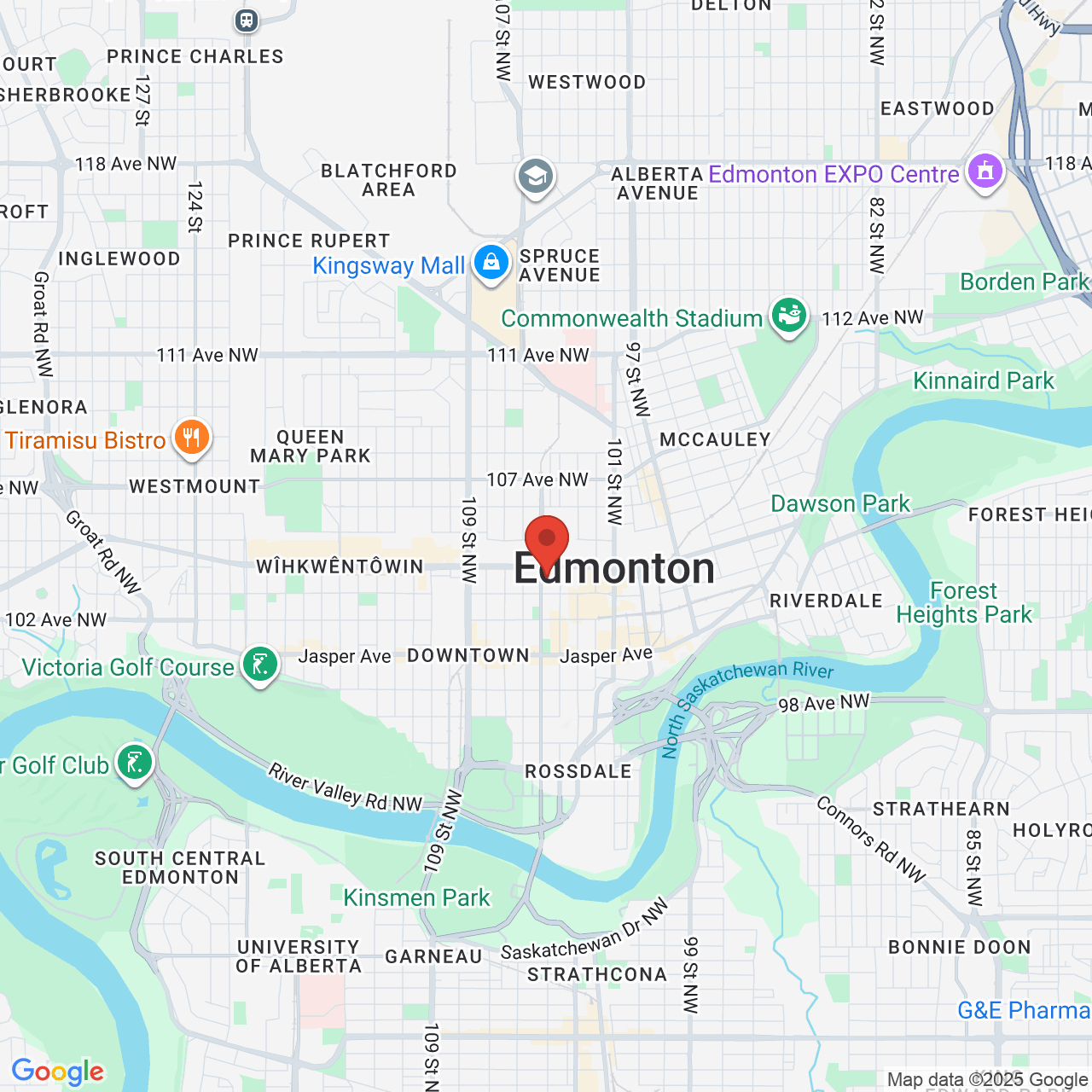Relieving TMJ Disorder with TMJ Surgery
 If you need TMJ surgery you will need to see an Oral Maxillary Surgeon.
If you need TMJ surgery you will need to see an Oral Maxillary Surgeon.
Temporomandibular joint (TMJ) disorder is a condition affecting the jaw joint that can cause pain and discomfort when chewing. For some people, TMJ disorder can be managed with medications, physical therapy, or mouth guards while others may require surgery to find relief.
Dr. Nathaniel Podilsky provides TMJ disorder treatments and can determine if TMJ surgery is the best course of action for his Edmonton, AB, patients. We welcome you to contact our dental practice to learn more about our services.
Types of Surgical Treatment for TMJ Disorder
Surgery is usually performed for the treatment of TMJ disorder when all other non-invasive options have been tried and failed to provide sufficient relief.
Once surgery is determined to be the best means to treat TMJ disorder, the patient must be evaluated to determine which type of TMJ surgery is best for their needs. Often, the most conservative approach is used first before more invasive surgery is performed.
The following are different types of TMJ surgery that may be used to provide relief for TMJ disorder symptoms.
Arthrocentesis
Arthrocentesis is a procedure used to help improve TMJ disorder symptoms by removing debris and inflammatory byproducts such as cytokine proteins.
Arthrocentesis is performed by inserting a small needle into the joint of the jawbone. Fluid is then released from the needle to flush out debris.
TMJ Arthroscopy
TMJ arthroscopy is an arthroscopic surgery that involves placing a small tube into the joint area. An arthroscope and small surgical tools are then placed through the tube to perform surgery.
This form of surgery generally has fewer risks than more invasive surgery as it requires smaller and fewer incisions.
Modified Condylotomy
Modified condylotomy is a type of TMJ surgery that focuses on the mandible and not directly on the temporomandibular joint.
Modified condylotomy is most useful for alleviating locking jaws often experienced with TMJ disorder as well as relieving pain.
Open-joint Surgery
Of all TMJ surgeries, open-joint surgery, or arthrotomy, is the most invasive. During open-joint surgery, the temporomandibular joint is repaired or sometimes replaced. This is done by making an incision along the ear so that the surgeon can access the joint. The joint can then be reshaped and adhesions or other issues, like bone spurs, can be removed to improve joint movement.
It should be noted that open-joint surgery does carry some risks and has a longer recovery time than other TMJ surgeries.
Is TMJ Surgery Right for You?
When TMJ disorder causes pain, discomfort, headaches, and interferes with daily life, it’s important to seek treatment. We recommend that our Edmonton patients try non-invasive treatments before undergoing surgery. If non-surgical treatments, like mouth guards, physical therapy, and anti-inflammatory medications, aren’t providing enough relief, it may be time to consider TMJ surgery.
Learn More about TMJ Surgery
If TMJ disorder is interfering with your daily life, TMJ surgery may be right for you. To learn more about TMJ surgery or other TMJ disorder treatments, call our Edmonton dental practice at (780) 428-6846 to schedule a consultation.


